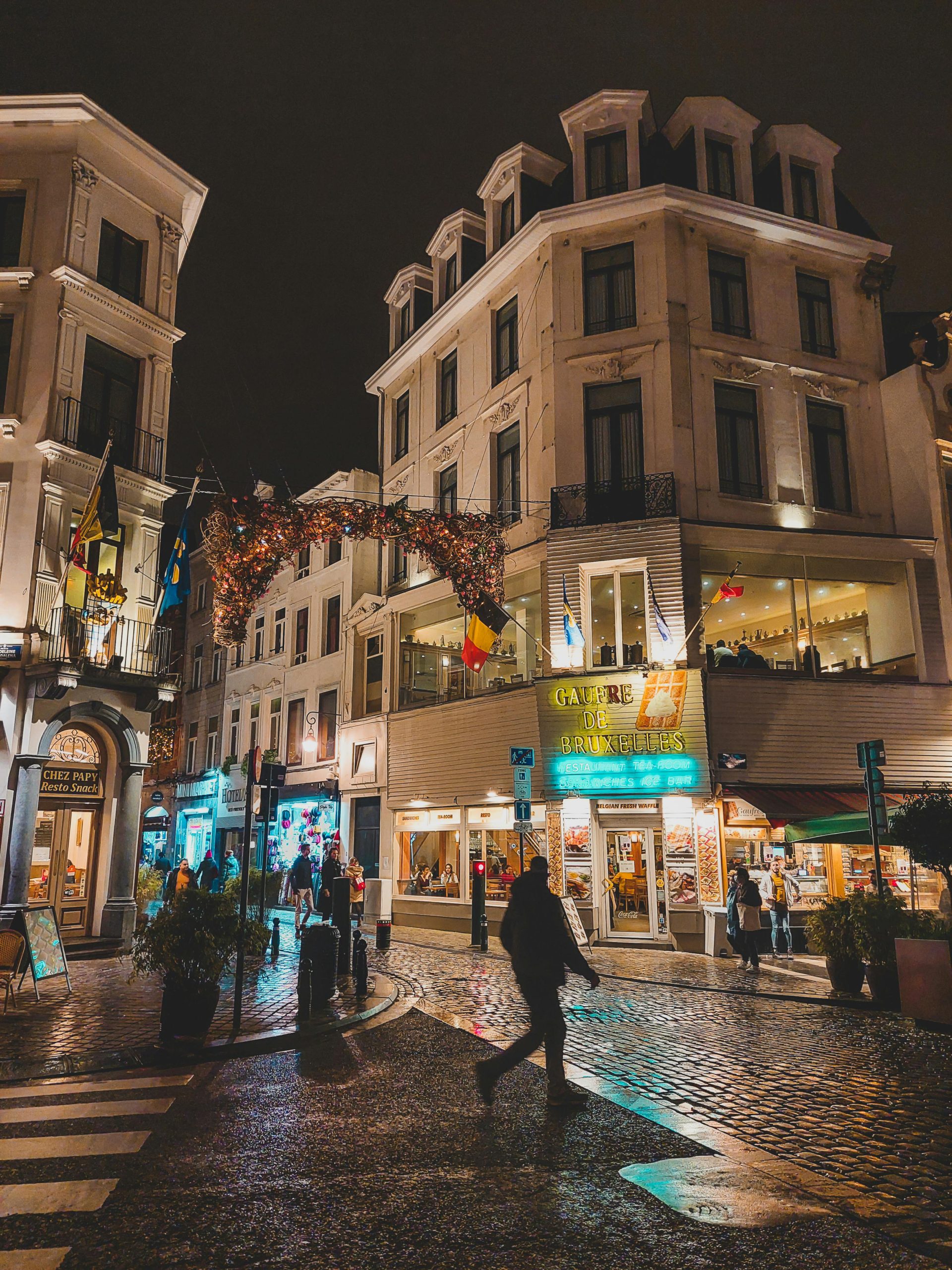Title: The Marvel of Medieval Engineering: The Remarkable Legacy of Old London Bridge
Old London Bridge, an extraordinary feat of medieval engineering, was once the longest inhabited bridge in all of Europe. Completed in 1209, this architectural wonder spanned an impressive period of over six centuries. Its significance and grandeur placed it among the marvels of its time, making it a renowned landmark.
What set Old London Bridge apart was its unique integration of daily life onto the structure itself. The bridge was home to 138 bustling establishments, including shops, houses, churches, and imposing gatehouses. These features made it not just a crossing over the River Thames, but a vibrant community suspended above the water.
Its existence as a functional and inhabited bridge for such a lengthy period is nothing short of astounding, offering a glimpse into the ingenuity and ambition of the era’s urban planners and architects. The legacy of Old London Bridge endures, reflecting a period where utility and innovation merged harmoniously to create a structure that has captured the fascination of historians and enthusiasts for generations.


Reflecting on London’s Historic Ingenuity
It’s truly fascinating to think about how Old London Bridge served as more than just a crossing over the River Thames—it was a vibrant and bustling community in its own right. The fact that it housed 138 shops, houses, and even churches highlights the ingenuity of medieval urban planning. Living in London, I often marvel at how this historical marvel laid foundations for the city’s continuous innovation and adaptability.
Moreover, the enduring legacy of Old London Bridge reminds us of the importance of multifunctional infrastructure—where utility, community, and architecture blend seamlessly. It sparks inspiration for contemporary urban development, encouraging us to think creatively about integrating residential, commercial, and cultural spaces within our cityscapes.
As residents, understanding these milestones enriches our sense of identity and responsibility to maintain our city’s legacy of ingenuity.